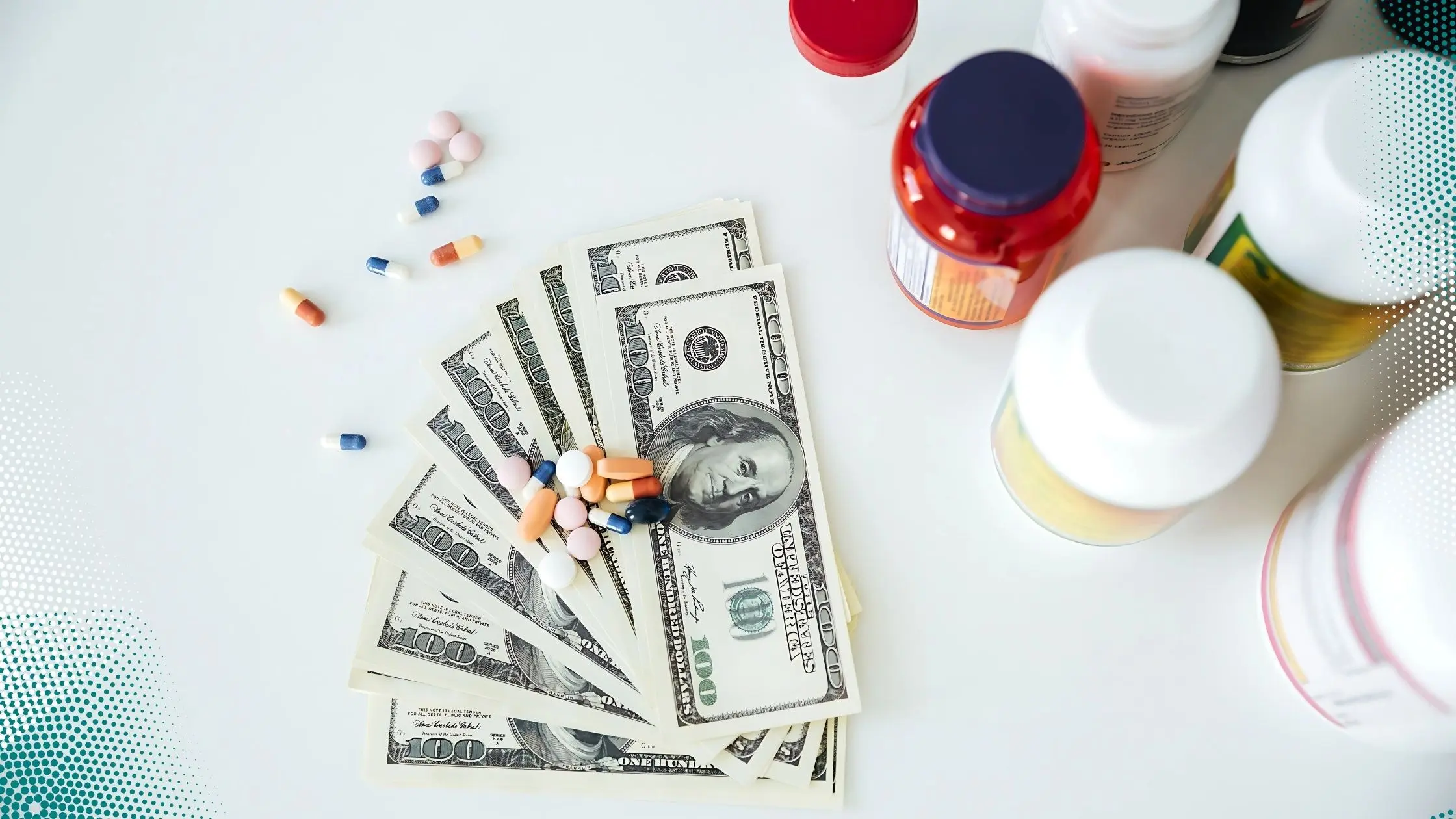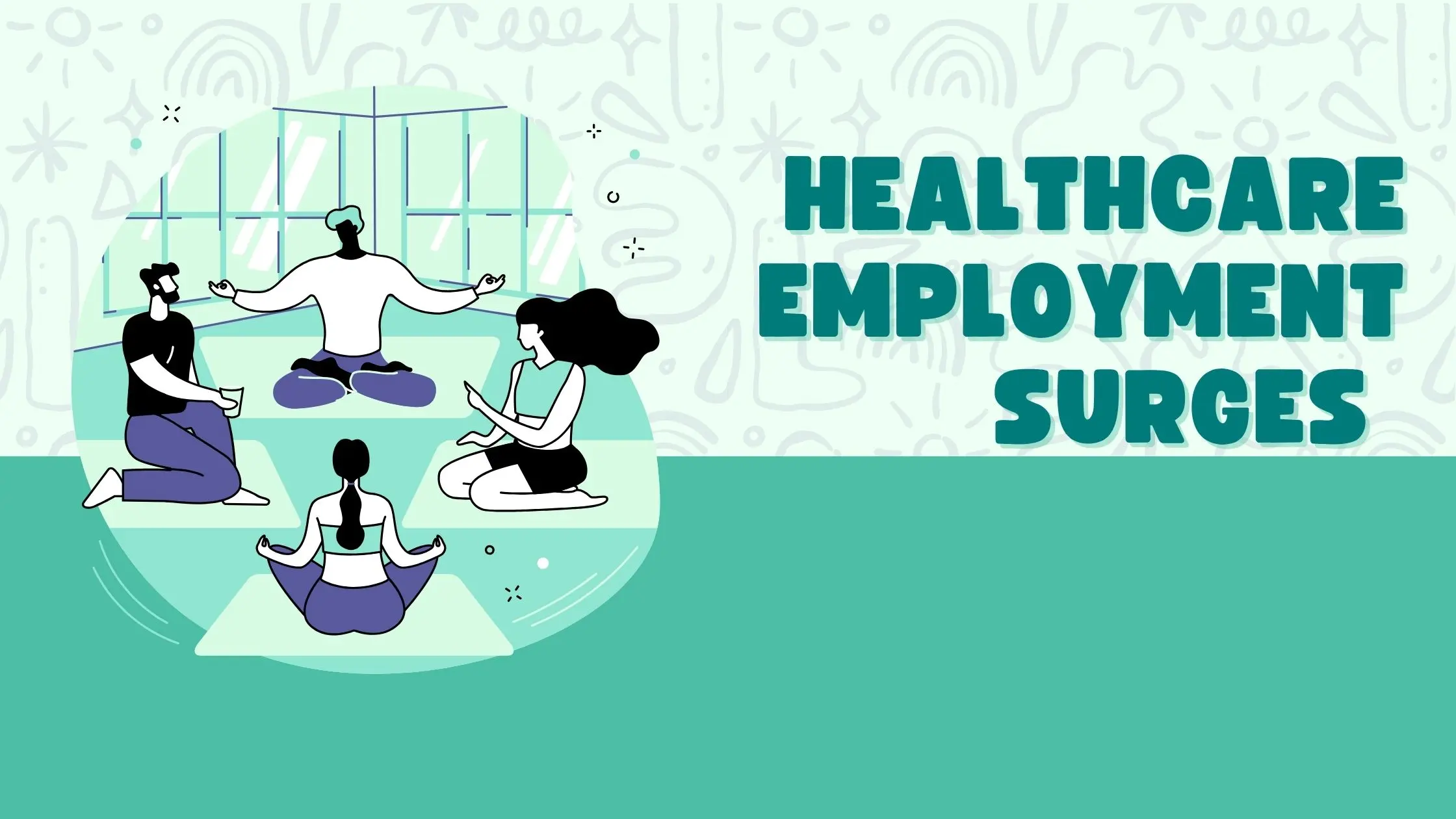Billions for Shareholders, Pennies for Patients? Yale Study Exposes Where U.S. Health Care Profits Really Go
A Yale School of Medicine study reveals U.S. health care companies spent 95% of profits—$2.6 trillion—on shareholder payouts over 20 years, raising concerns over affordability and public funding misuse.

Christian Joshua
Published in News
Let’s talk about where your health care dollars are really going. Research out of Yale School of Medicine has shed light on a troubling trend that’s been hiding in plain sight: over the last 20 years, U.S. health care giants have funneled nearly all of their profits—95%, to be exact—back to shareholders instead of reinvesting in care or innovation.
That’s right. Between 2001 and 2022, a staggering $2.6 trillion was paid out to shareholders by major health care companies listed on the S&P 500, including big pharma, biotech firms, insurance companies, and for-profit hospital chains.
Also Read: Trump Open to Medicaid Work Requirements Amid GOP Push for Spending Cuts
Get Periodic Updates Straight To Your Inbox. Sign Up To Our Newsletter Today.
According to Dr. Cary Gross, senior author of the Yale study, “Funds are being distributed back out to shareholders rather than being put back into the health care system.” And that, he warns, affects the health and care of everyday Americans.
Who’s Funding Health Care—and Who’s Profiting?
Here’s another eye-opener: 70% of the $5 trillion spent on U.S. health care in 2023 came from taxpayer sources. That includes Medicare, Medicaid, and even tax breaks for employer-sponsored health insurance. So essentially, American taxpayers are pouring trillions into a system that turns around and pays most of its profits to investors.
This raises serious questions about whether these funds should be regulated differently. Dr. Gross argues that, given the public funding behind so much of the industry, lawmakers have a duty to ensure profits are also reinvested to benefit the public—perhaps by improving worker wages or funding essential drug development.
The Big Players Driving the Trend
The study, co-authored by Dr. Victor Roy, now at the University of Pennsylvania, found that 19 of the 92 health care companies analyzed were responsible for 80% of the shareholder payouts. That’s a small circle of very powerful corporations shaping the economics of American health care.
Roy observed that even when companies claim high drug prices are necessary to cover R&D costs, a deep dive into financial data shows a different story. In one case, “most of the profits from a new medication went to shareholder payouts rather than reimbursing the cost of development.”
These companies use dividends and stock buybacks to reward shareholders—moves that inflate stock prices and signal strong short-term performance. But they also mean less is left for patient care, staffing, or long-term investment.
Why This Matters
“This is about affordability,” Roy says. “When shareholders expect greater payouts year in and year out, that has an impact on prices.” The implication? Sky-high drug prices and insurance premiums aren’t just the cost of doing business—they're the cost of doing business for shareholders.
Get Latest Care Industry Updates directly into your INBOX TODAY.
Gross puts it bluntly: “Health care is a right, not a privilege. You can choose when to buy a car. You can’t choose to have a heart attack.”
If health care continues down this path, Americans may be left with a system where profits rule and patients pay the price.

News
Could $1 Trillion in Medicaid Cuts Leave 16 Million Uninsured? Senate HELP Committee Wants Your Take
Have your say: How will $1T+ in Medicaid cuts affe...

News
Nannies, Tired of Job Creep? Here’s How to Break the Cycle for Good!
Fed up with job creep? Learn how nannies can set c...

News
Healthcare Employment Surges in May with 62,000 New Jobs
U.S. healthcare added 62K jobs in May, led by hosp...

News
Wisconsin Seniors Housing Secures $28 Million Bridge Loan
MONTICELLOAM closes $28M bridge loan for two Wisco...